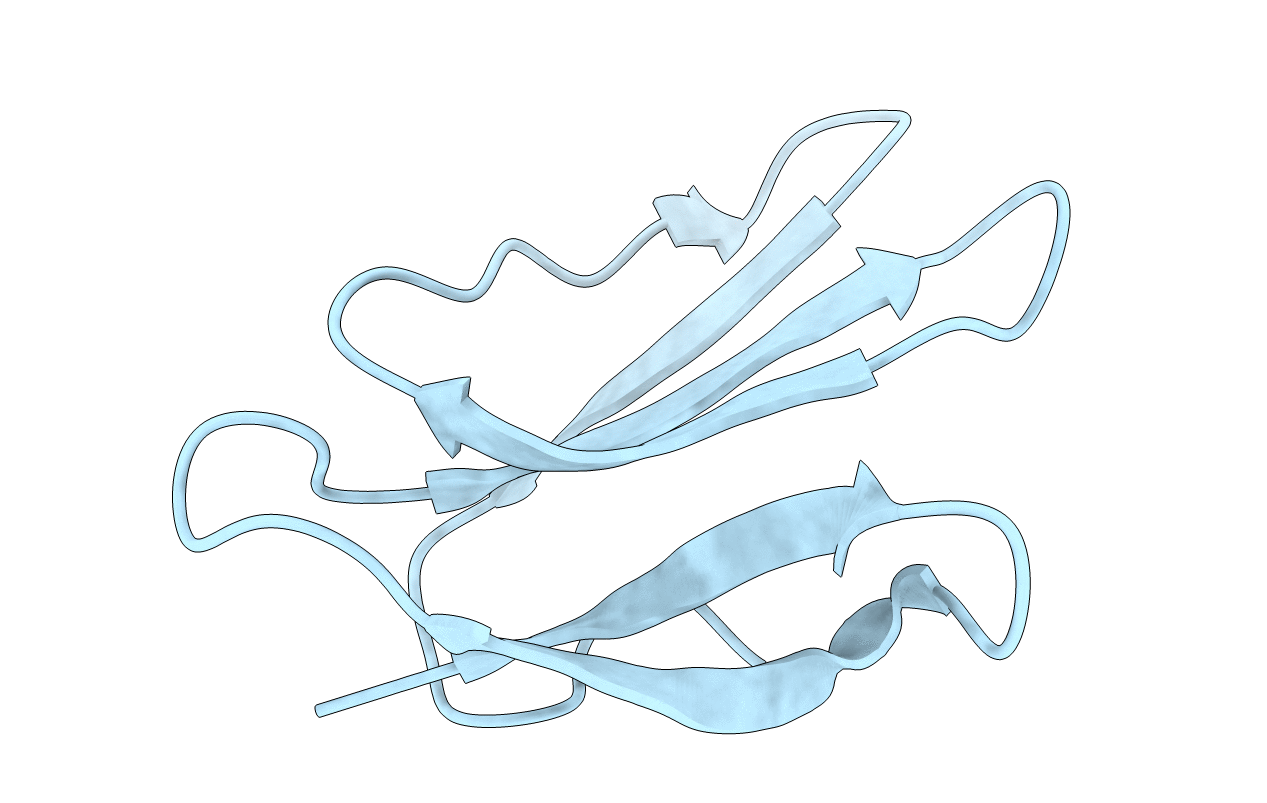
Deposition Date
2000-07-06
Release Date
2000-07-26
Last Version Date
2024-10-30
Entry Detail
PDB ID:
1F94
Keywords:
Title:
THE 0.97 RESOLUTION STRUCTURE OF BUCANDIN, A NOVEL TOXIN ISOLATED FROM THE MALAYAN KRAIT
Biological Source:
Source Organism:
Bungarus candidus (Taxon ID: 92438)
Method Details:
Experimental Method:
Resolution:
0.97 Å
R-Value Free:
0.17
R-Value Work:
0.12
R-Value Observed:
0.12
Space Group:
C 1 2 1


